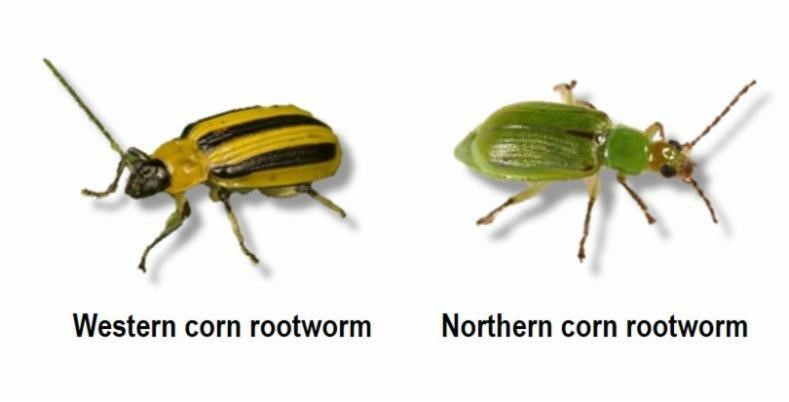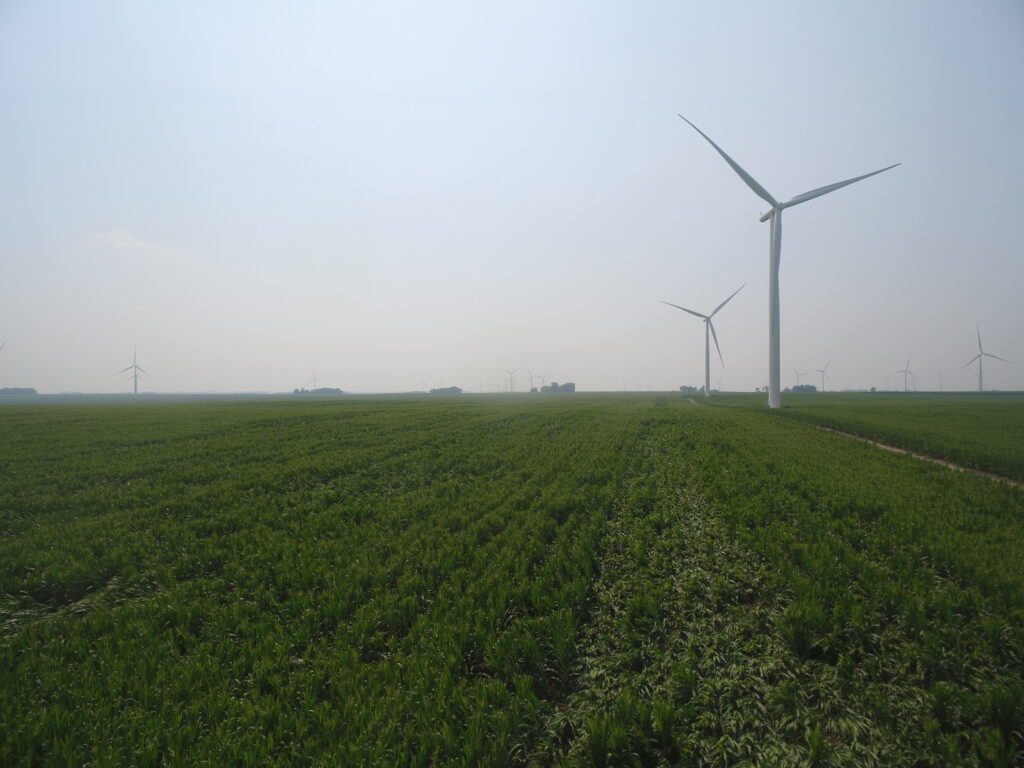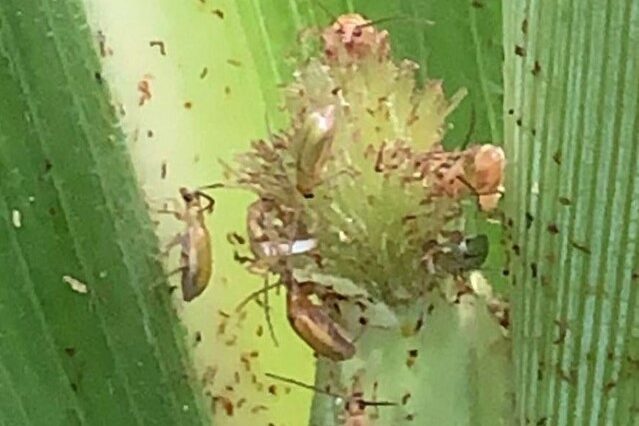At O’Brien County Ag Supply, we began digging corn roots from corn-on-corn fields in late June to look for corn rootworm larvae. Larvae chew on corn roots, causing lodged plants that are unstable in rain and wind events. Rootworm adults feed on silks, which reduces pollination in corn plants.
We put roots in a bucket of water and salt to see if any corn rootworm larvae would float. We discovered about two to three larvae per bucket, in which the threshold for larvae is two or more per plant. This was a strong indicator that we needed to be watching fields closely in the following weeks for adults emerging and feeding on plants.
Flash forward a couple of weeks, we are now seeing both Northern and Western adult corn rootworms out in the fields. To find adults, look at the silks and count the number of adults in your field. If there are a lot, they will also be flying around in the field. According to Iowa State University Extension, the threshold for adults is five or more per plant during the first week of pollen shed, and/or silks clipped to 1/2″ close to ear tip on 25-50% of plants sampled. Management should be taken on the following year’s corn if two or more Northern adults or one or more Western adults per plant in first-year corn. In continuous corn, watch for three or more Northern adults and/or one and a half Western adults.
Northern adults are solid yellow, tan, or green. Western adults are yellow with black stripes or almost black with their wing covers.
If your fields are at or above the threshold and you are noticing clipped silks and lodged corn, we strongly recommend looking into spraying an insecticide as soon as possible to help control the corn rootworm and other potential pests. You can contact us at 712-957-6445 or [email protected] for more information.



